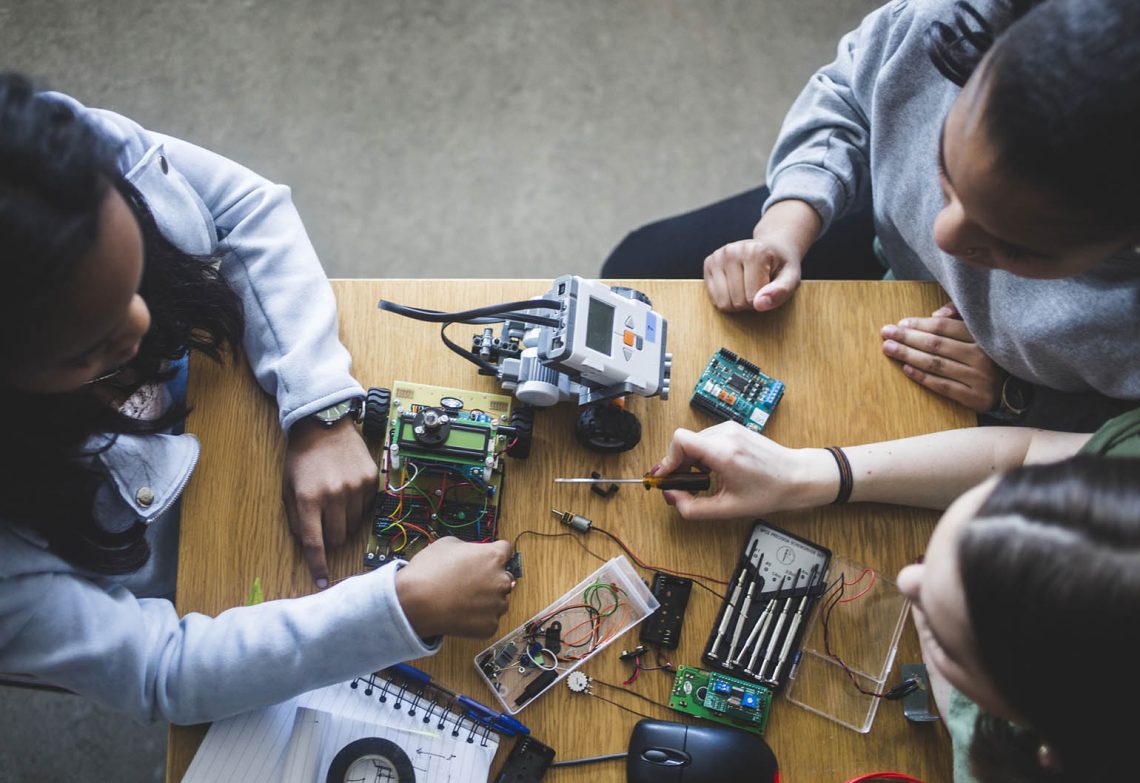The state of gender equality in STEM, how waste PPE can be used in concrete, autonomous power sources, and geothermal energy in Victoria. These are some of the stories hitting the news this month.
Some improvement in gender equity in STEM – Government report
The Australian Government has updated its STEM Equity Monitor with new datasets and insights.
The monitor is a national resource that documents women and girls’ involvement in STEM. As data is collected over time, it can be used to track the state of the industry for women and girls. The monitor began in 2020, and new data will be collected and published every year until 2030.
The latest data shows some gains for women in STEM industries:
- Awareness among girls of which subjects make up STEM has risen by 3 per cent since 2020.
- The number of women enrolling in STEM university courses has climbed by 24 percent.
- The proportion of women in STEM occupations has risen by 2 per cent to 15 per cent, and the pay gap has reduced by 7.6 per cent. That pay gap, however, is still more than $26,000.
The report acknowledges there is still work to be done. Women still only make up 36 per cent of enrolments in university STEM courses, and only 27 per cent of the workforce.
Focusing on engineering in schools, only 31 per cent of girls found the subject interesting, as opposed to 56 per cent of boys.
You can read more about the report and its findings on the STEM Equity Monitor site.
Turning waste PPE into concrete
The vast amount of personal protective equipment (PPE) used in recent years has led to a massive uptick in the quantity of waste face masks, gowns and gloves being discarded all over the world.
One PhD scholar at RMIT University is hoping to show that it doesn’t all have to go to landfill, however. While researchers have investigated using coffee cups and recycled tyres to produce concrete, Shannon Kilmartin-Lynch has shown that disposable PPE can also be used to create the building material.
“Our research found that incorporating the right amount of shredded PPE could improve the strength and durability of concrete,” says Kilmartin-Lynch.
Shredded face masks, gowns and gloves have already been shown to improve compressive strength, elasticity and bending stress when used individually. Kilmartin-Lynch and his team hope to now evaluate how the three kinds of PPE can be mixed to achieve the optimum results.
Read more here.
Researchers improve the output of autonomous power sources
New research led by Curtin University has discovered a way to improve the effectiveness of autonomous power sources like triboelectric nanogenerators. Able to power low-energy-use remote sensors such as those used to detect CO2 in mines, these power sources are often used in places where power points or even batteries are not practical.
“Autonomous power technologies such as TENGs work in a similar way to static electricity,” says lead researcher Associate Professor Simone Ciampi. “[They] are extremely useful in remote situations because of their ability to convert mechanical energy from vibrations or pressure into electricity. However, this type of power output is short lived and can’t run a device for a long period of time.”
Ciampi and the research team were able to show that using silicon on the surface of the power source, instead of the more commonly used plastic, could significantly improve their performance.
You can read about the research here.
Metro Tunnel trial shows positive results in geothermal energy project
A four-year trial in Melbourne’s Metro Tunnel project has shown the benefits of capturing geothermal energy in buildings’ foundations.
University of Melbourne Faculty of Engineering and IT researchers carried out the research in partnership with Rail Projects Victoria and its construction partners.
The trial showed an entire station’s heating and cooling needs could be met by embedding plastic pipes in concrete foundations, and even have energy left over to warm and cool surrounding structures too. The researchers claim that this could save thousands of kilograms of carbon emissions each year.
The trial made use of extensive instrumentation to measure the efficiency of the system, but commercial applications of the technology would not need the same level of monitoring.
The project was named as a finalist in the Premier’s Sustainability Awards.
Read more about the project here.



